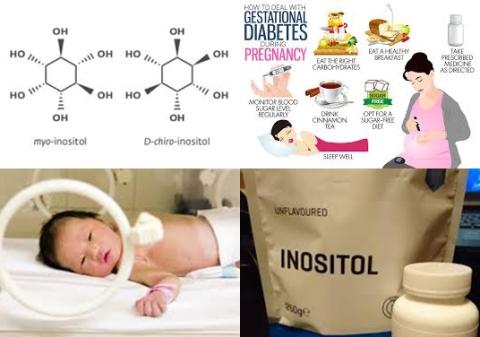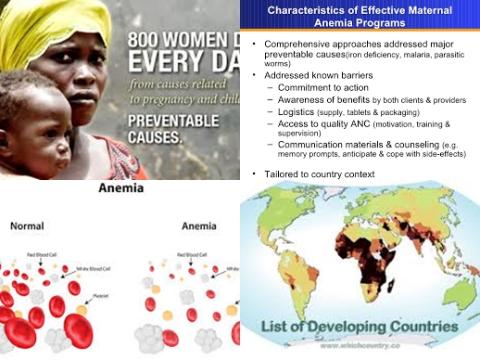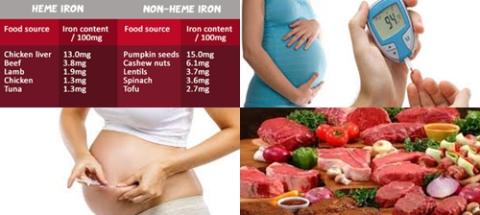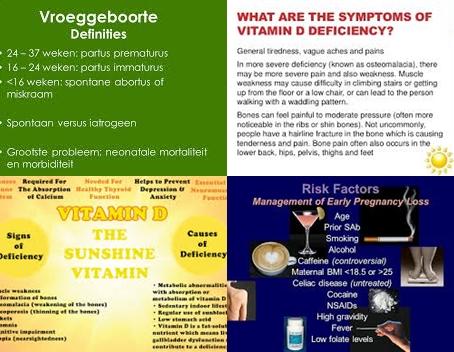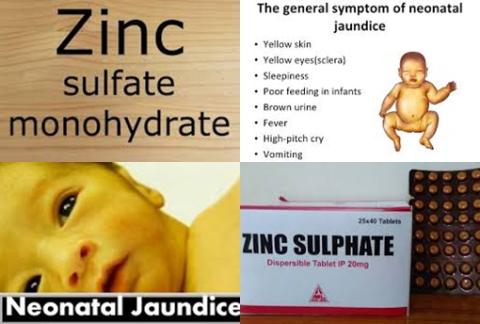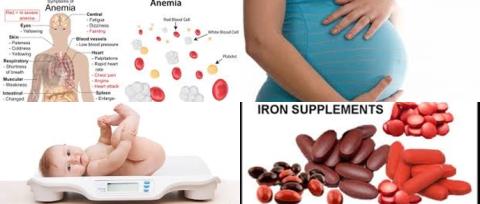PUFA supplements do not improve intelligence in low birth weight children

Objectives:
Low birth weight infant (LBWIs) are prone to mental and behavioural problems. As an important constituent of the brain and retina, long chain polyunsaturated fatty acids are essential for foetal infant mental and visual development. The effect of lactation supplemented with long chain polyunsaturated fatty acids (LCPUFA) on the improvement of intelligence in low birth weight children requires further validation. Therefore, this meta-analysis (systematic review) has been conducted.
Do long chain polyunsaturated fatty acids (LCPUFA or PUFA) supplements improve intelligence in low birth weight children?
Study design:
This review article included 10 studies with a total of 1,793 individuals, of which 908 cases in the intervention group (group with LCPUFA supplements) and 885 controls (group without LCPUFA supplements).
The mean birth weights in 8 studies were less than 1500g and those in 2 studies were more than 1500g. None of the included studies had infants with birth weight less than 750g.
LCPUFA supplements were DHA+AA, DHA+EPA+DPA or DHA+AA+EPA.
There was no evidence of publication bias.
Results and conclusions:
The investigators found that the long chain polyunsaturated fatty acids supplemented group did not have significantly higher mental development index (MDI) scores than the group without supplementation [SMD = 0.07, 95% CI = -0.05 to 0.19, I2 = 23.8%, p = 0.222].
Subgroup analysis showed that the long chain polyunsaturated fatty acids supplementation groups did not have significantly higher mental development index scores than the control groups.
The investigators found that the long chain polyunsaturated fatty acids supplemented group did not have significantly higher psychomotor development index (PDI) scores than the group without supplementation [SMD = -0.01, 95% CI = -0.23 to 0.21, I2 = 60.5%, p = 0.906].
Subgroup analysis showed that the long chain polyunsaturated fatty acids supplementation groups did not have significantly higher psychomotor development index scores than the control groups.
The investigators found that the long chain polyunsaturated fatty acids supplemented group did not have significantly higher full scale intelligence quotient (FSIQ) scores than the group without supplementation [SMD = 0.00, 95% CI = -0.14 to 0.14, I2 = 0.00%, p = 0.991].
The investigators found that the long chain polyunsaturated fatty acids supplemented group did not have significantly higher verbal intelligence quotient (VIQ) scores than the group without supplementation [SMD = 0.01, 95% CI = -0.15 to 0.12, I2 = 42.2%, p = 0.844].
The investigators found that the long chain polyunsaturated fatty acids supplemented group did not have significantly higher performance intelligence quotient (PIQ) scores than the group without supplementation [SMD = -0.01, 95% CI = -0.15 to 0.13, I2 = 0.00, p = 0.877].
The investigators concluded that long chain polyunsaturated fatty acids (LCPUFA or PUFA) supplements do not improve intelligence in low birth weight children. Therefore, whether long-chain polyunsaturated fatty acids supplements are beneficial for LBWIs has not been shown conclusively.
Original title:
The effect of long chain polyunsaturated fatty acid supplementation on intelligence in low birth weight infant during lactation: A meta-analysis by Song Y, Liu Y, […], Li D.
Link:
https://www.ncbi.nlm.nih.gov/pmc/articles/PMC5892917/
Additional information of El Mondo:
Find more information/studies on long chain polyunsaturated fatty acids and pregnancy right here.

